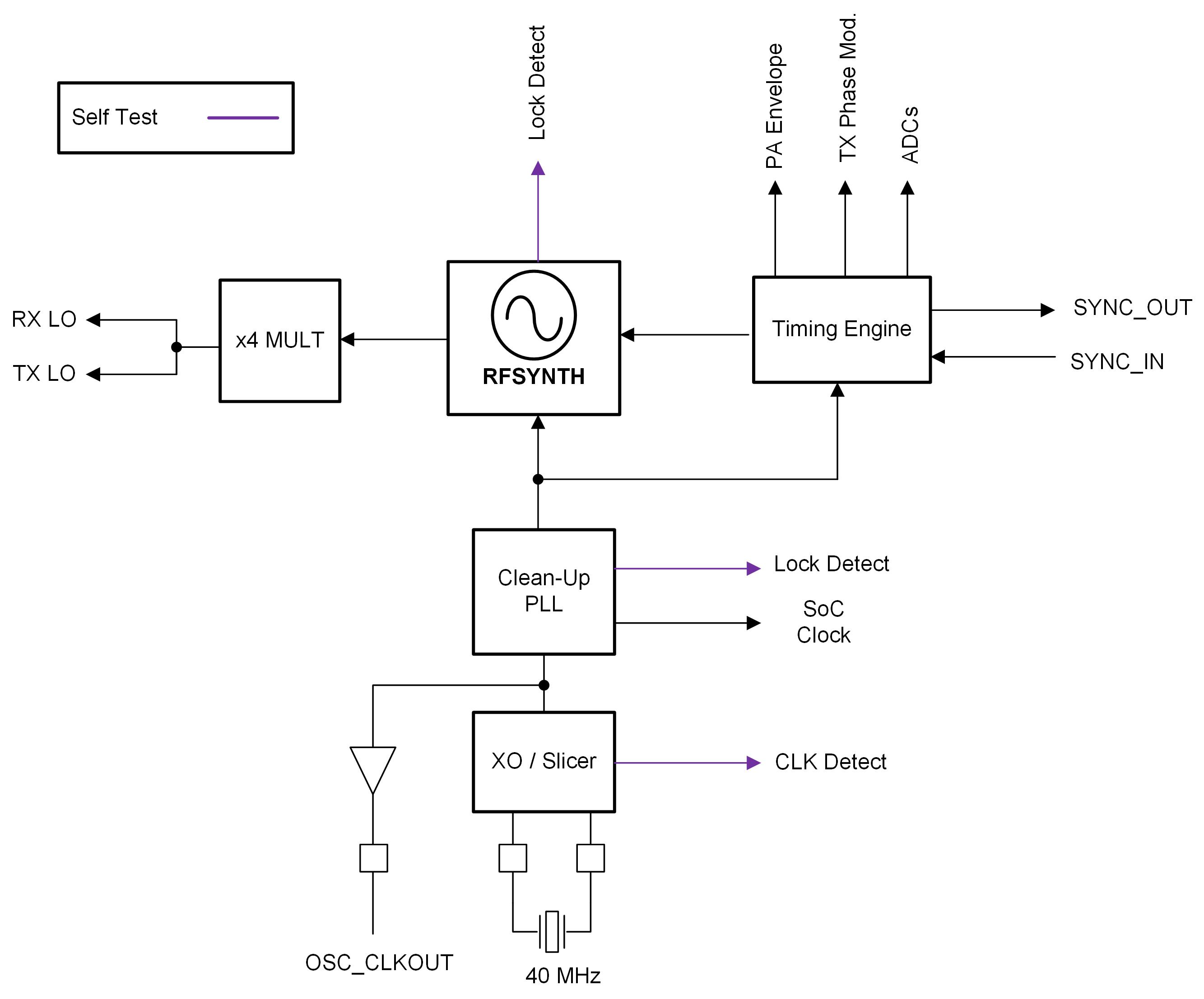SWRS313 July 2023 IWRL1432
ADVANCE INFORMATION
- 1
- 1 Features
- 2 Applications
- 3 Description
- 4 Functional Block Diagram
- 5 Revision History
- 6 Device Comparison
- 7 Terminal Configurations and Functions
-
8 Specifications
- 8.1 Absolute Maximum Ratings
- 8.2 ESD Ratings
- 8.3 Power-On Hours (POH)
- 8.4 Recommended Operating Conditions
- 8.5 Power Supply Specifications
- 8.6 Power Save Modes
- 8.7 Peak Current Requirement per Voltage Rail
- 8.8 RF Specification
- 8.9 Supported DFE Features
- 8.10 CPU Specifications
- 8.11 Thermal Resistance Characteristics
- 8.12
Timing and Switching Characteristics
- 8.12.1 Power Supply Sequencing and Reset Timing
- 8.12.2 Synchronized Frame Triggering
- 8.12.3 Input Clocks and Oscillators
- 8.12.4 MultiChannel buffered / Standard Serial Peripheral Interface (McSPI)
- 8.12.5 RDIF Interface Configuration
- 8.12.6 General-Purpose Input/Output
- 8.12.7 Controller Area Network - Flexible Data-rate (CAN-FD)
- 8.12.8 Serial Communication Interface (SCI)
- 8.12.9 Inter-Integrated Circuit Interface (I2C)
- 8.12.10 Quad Serial Peripheral Interface (QSPI)
- 8.12.11 JTAG Interface
- 9 Detailed Description
- 10Applications, Implementation, and Layout
- 11Device and Documentation Support
- 12Mechanical, Packaging, and Orderable Information
Package Options
Mechanical Data (Package|Pins)
- AMF|102
Thermal pad, mechanical data (Package|Pins)
Orderable Information
9.3.2 Clock Subsystem
The IWRL1432 clock subsystem generates 76 to 81 GHz from an input reference from a crystal. It has a built-in oscillator circuit followed by a clean-up PLL and a RF synthesizer circuit. The output of the RF synthesizer is then processed by an X4 multiplier to create the required frequency in the 76 to 81 GHz spectrum. The RF synthesizer output is modulated by the timing engine block to create the required waveforms for effective sensor operation.
The clean-up PLL also provides a reference clock for the host processor after system wakeup.
The clock subsystem also has built-in mechanisms for detecting the presence of a crystal and monitoring the quality of the generated clock.
Figure 9-2 describes the clock subsystem.
 Figure 9-2 Clock Subsystem
Figure 9-2 Clock Subsystem